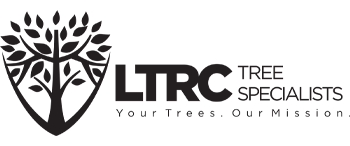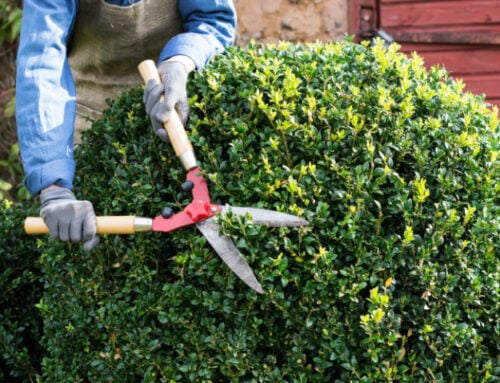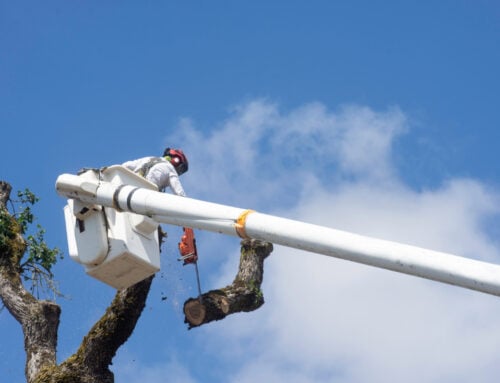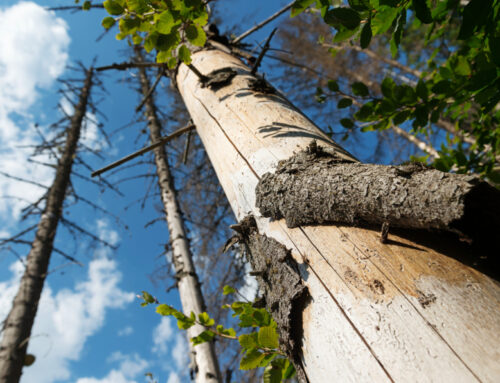Tall, majestic trees can be some of the most beautiful and enduring elements of our landscapes. They provide shade, add value to our properties, and contribute to the environment by producing oxygen and sequestering carbon.
However, to enjoy these benefits, proper care and maintenance are essential. Two terms often used interchangeably in the context of tree care are “trimming” and “pruning,” but there are distinct differences between the two that can significantly affect the health and longevity of your trees. We’ll delve into the specific practices of trimming and pruning, the benefits of each, and why understanding these distinctions is integral to your efforts to care for your leafy friends.
Why Hire a Tree Trimming Service?
With the general nature of these tasks seeming not too complex, one might wonder whether they can be undertaken as DIY projects. However, the stakes (pun intended) are high when it comes to tree maintenance, and improper techniques or tools can lead to severe damage and even the death of the tree. Professional arborists understand the subtle differences in these practices and have the skill and knowledge to execute them with precision. Here’s why hiring a tree-care expert is worth the investment.
- Tree Risk Assessment: Professionals can identify potential risks such as weak branches or overgrown limbs that could pose a safety hazard.
- Ensuring Tree Health: Mistakes in pruning or trimming can leave the tree vulnerable to disease and infestation, which professionals can guard against.
- Tool Mastery: Certified arborists know which tools (hand pruners, loppers, saws) and cutting techniques are best suited for different species and sizes of trees, avoiding wounds that could be entry points for disease.
- Post-Maintenance Care: Arborists further ensure tree health by managing cuts, advising on fertilization, and providing a long-term maintenance plan tailored to the tree’s specific needs.
Trimming Trees
Trimming refers to the removal of growth that has become unsightly, is growing irregularly, or might be interfering with structures or other vegetation.
Benefits of Trimming
Trimming serves not only to enhance the tree’s physical appearance but also to improve its overall health. Some benefits include:
- Aesthetic Appeal: Regular trimming helps maintain a tree’s desired shape and appearance, which can contribute significantly to the curb appeal of a property.
- Sunlight and Air Flow: By thinning out overgrown branches, trimming can increase exposure to sunlight and air flow within the canopy, which is beneficial for the tree and the plant life under it.
- Reduced Disease Risk: Overgrowth can lead to an increased risk of disease. Trimming helps control pests and diseases by removing parts of the tree that may be infested or prone to developing problems.
- Prevent Damage: Trimming can prevent damage to property by removing branches that risk falling on homes, power lines, or posing other safety risks.
- Stimulates Growth: Strategic trimming can stimulate growth in sparse areas of the tree, promoting a fuller, more balanced tree structure.
When is it Ideal to Trim Trees
The best time to trim trees varies by the species and the reason for trimming. Generally, late winter or early spring, when trees are dormant, is the ideal time for trimming. This timing allows for trees to heal before they enter their growth phase, reducing the risk of disease and pest infestation. However, dead or broken branches should be removed promptly, regardless of season, to prevent decay organisms from entering the wound.
Trees that flower in mid to late summer should be trimmed in late winter or early spring, while those that bloom in spring should be trimmed immediately after their flowers fade. Always consider the tree’s health and consult with a professional to determine the optimal timing for trimming specific trees.
Benefits of Pruning
Pruning stands out not just for its meticulous approach but also for its strategic benefits that promote a tree’s longevity and vitality. Below are some of the key advantages of pruning:
- Health Maintenance: By removing dead, diseased, or damaged branches, pruning prevents the spread of decay and pests within a tree, thereby preserving its overall health.
- Growth Control: Pruning allows for the direction of growth by removing unwanted branches, which may involve improving the tree’s structure and balance.
- Safety Measures: Removing branches that pose a risk of falling can protect property and individuals below from potential harm.
- Fruit Production: For fruit trees, pruning helps to stimulate the development of spurs, which can lead to an increased yield of high-quality fruit.
- Aesthetics: Pruning can greatly enhance the natural form and beauty of a tree, contributing to the aesthetic value of the surrounding landscape.
Each of these benefits serves as a testament to why pruning is an essential aspect of responsible tree care and management.
When to Prune Trees
The optimal time to prune trees largely depends on the species and desired outcome, but there are some general guidelines that can be followed. Pruning during the dormant season, in late winter or early spring, is typically recommended because it results in a vigorous burst of new growth in the spring. For flowering trees, the best time to prune is soon after their blooming cycle has ended to avoid cutting off the flower buds. Summer pruning can be used to direct growth by slowing the branches you don’t want or to slow the development of a tree or branch.
If a tree is diseased or if safety is an issue, with branches threatening to fall, pruning should be done immediately, regardless of the season. Autumn should usually be avoided due to the fungi that spread their spores profusely in the fall and the healing of cuts tend to be slower. Always remember, it’s important to consult with a tree trimming service to determine the best pruning schedule for each specific type of tree.
Understanding the Importance of Proper Tree Care
Proper tree care is fundamental to sustaining the health and lifespan of our urban and natural forests. Trees deliver a multitude of ecological benefits: they clean the air by absorbing pollutants, provide oxygen, stabilize the soil, support wildlife, and mitigate the impact of climate change by capturing carbon dioxide. Moreover, trees enhance our communities, offering shade, beauty, and tranquility.
However, without adequate maintenance, trees can succumb to stress, disease, and structural damage, which can result in costly removals or damage to property. Thus, it’s crucial for homeowners, municipalities, and landscape professionals alike to invest in regular care, including proper trimming and pruning, to safeguard the vitality of these living monuments for future generations.
The Best Tree Trimming Service in Georgia

Don’t let your trees lose their charm or become a safety hazard! Understanding the difference between trimming and pruning is vital for the health and aesthetics of your trees. Contact LTRC Tree Specialists in Alpharetta, Georgia, at (404) 288-5872 or visit our website and let our certified arborists provide you with professional advice and services. Ensure your trees are cared for properly — call us today for healthy, beautiful trees tomorrow!
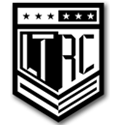
Contact Us For A Free Estimate!
